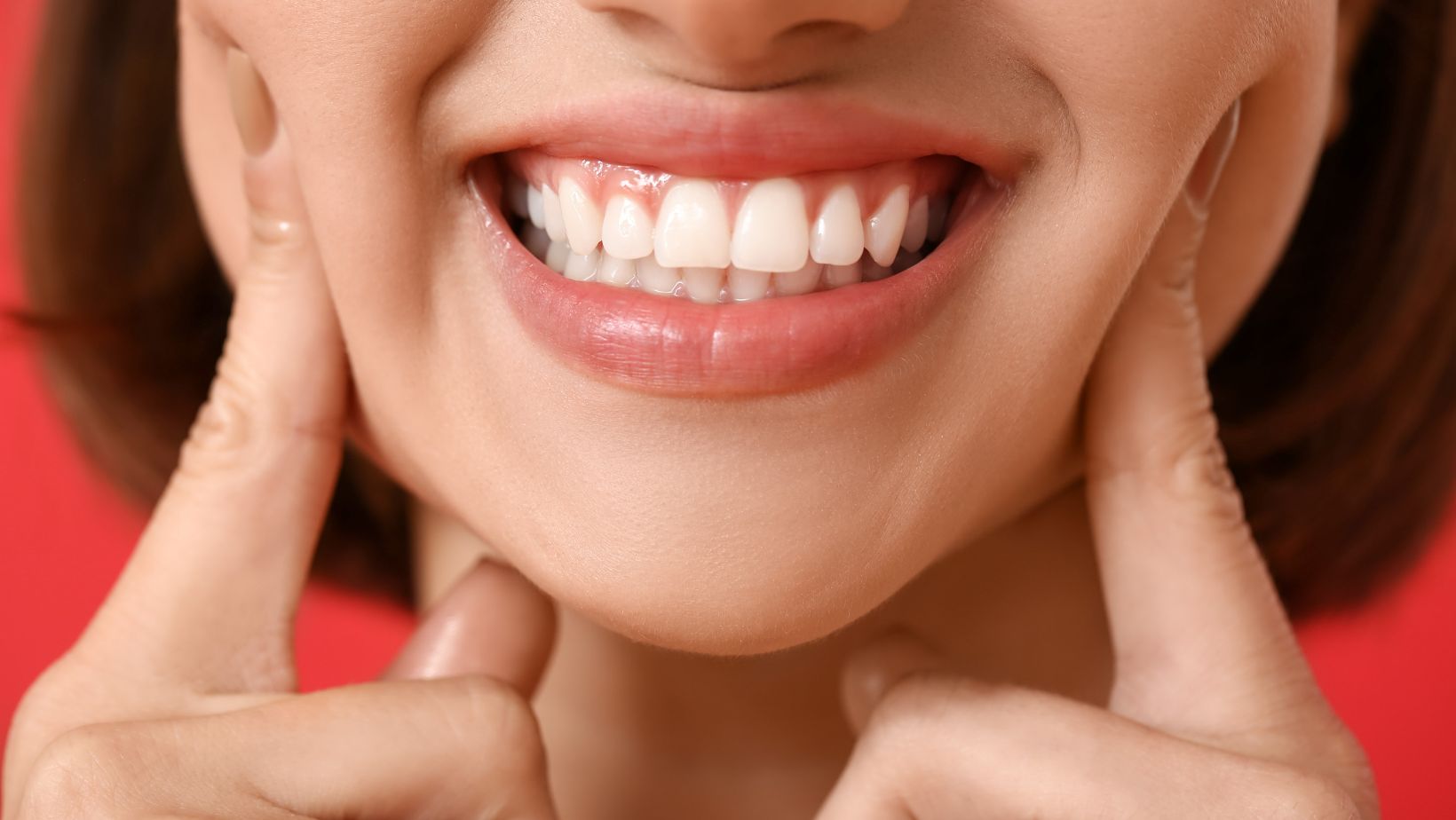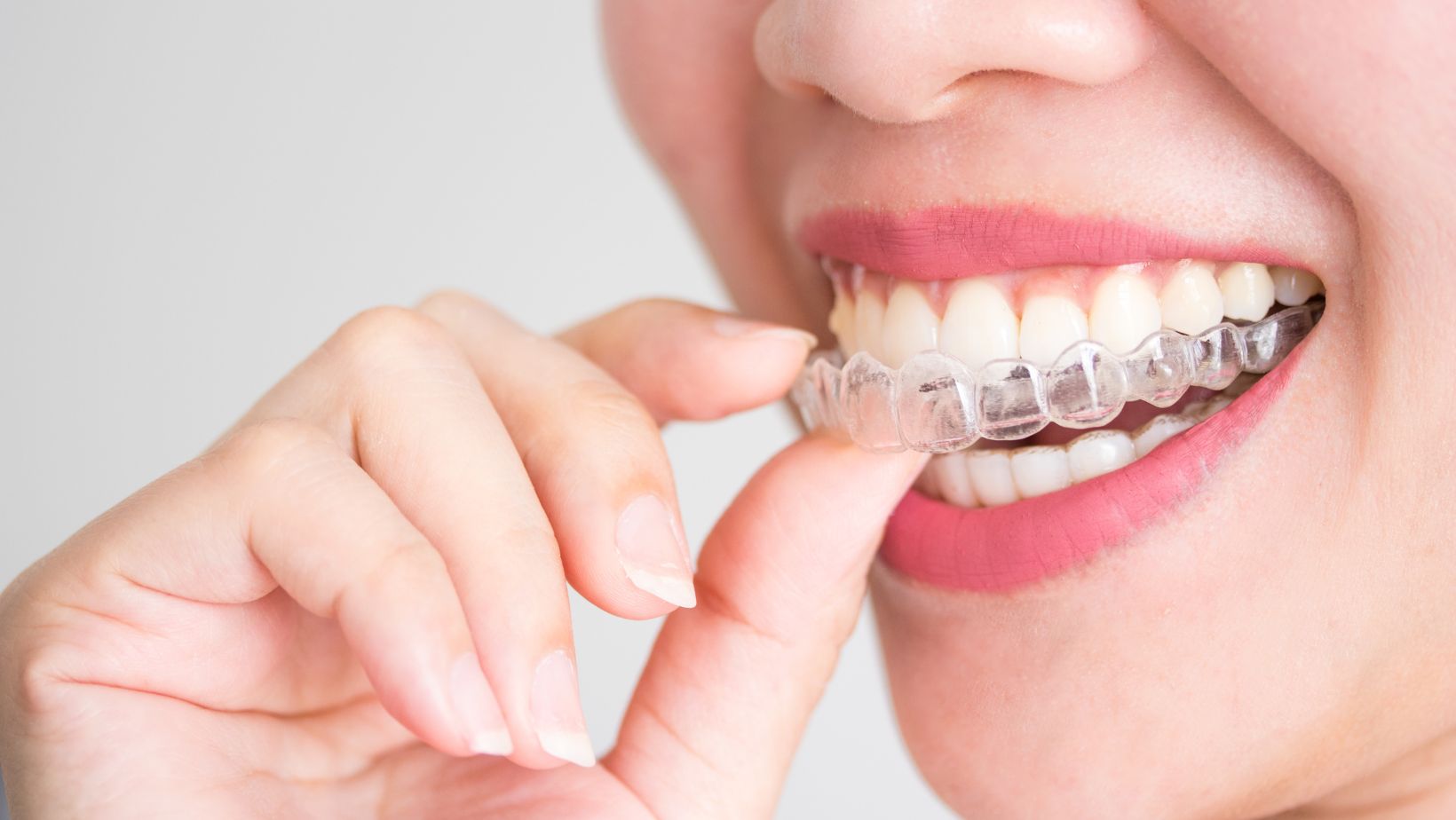Dental sealants provide a preventive measure, offering an additional layer of protection for teeth against cavities and decay. But how long can a patient count on dental sealants to stay effective? Learn about the durability of dental sealants, the factors that influence their longevity, and how a patient can ensure their optimal performance. What are...
Author: Staff ( Staff)
Can Ibuprofen Help with Tooth Pain? Answers to Questions About Managing Oral Pain
There is no pain like tooth pain. Since oral pain can be so severe, patients often ask if over the counter remedies can offer relief. Ibuprofen can help in many cases, but it is important to know how it can offer the best relief and when to see a dentist for further treatment. Why Dentists...
Can Root Canals be Done on a Front Tooth?
Root canals are often associated with the back molars. However, patients sometimes need a root canal on a front tooth. Find out when this dental procedure might be the best solution, what treatment and recovery is like, and how it may impact the patient’s smile. When is it Necessary to Have a Root Canal on...
Symptoms of Infection in a Tooth
A tooth infection is not something to be taken lightly. Tooth infections can cause significant discomfort and potentially lead to serious oral health issues if left untreated. Recognizing the signs and symptoms of an infected tooth is crucial in knowing when to seek prompt dental attention. Recognizing Tooth Infection Symptoms Signs of an infected tooth...
Shaving Teeth for Invisalign
If your teeth are crowded and you are looking into straightening them with clear aligners, your orthodontist may want to file or shave them first. Shaving teeth for Invisalign, also called enameloplasty, is a common procedure to narrow the teeth so aligners can work more effectively. It is generally safe when done by a professional,...
How Dental Bonding Works
Dental bonding can fix a number of issues without anesthesia and with less than an hour in the dentist’s chair. This non-invasive technique is popular and widely used for fixing a chipped tooth, closing gaps, and restoring discolored teeth. Find out how your smile can benefit from this low-cost, painless procedure. What Can Dental Bonding...
What Does Capping a Tooth Do?
When a tooth has extensive damage or decay, a dentist might recommend capping it. Capping a tooth is a common dental procedure that is more involved than a traditional filling. But when is a cap the right choice, and is it worth the money? Here is a look at the benefits of a cap as...
How Long Does it Take to Recover from Wisdom Teeth Removal?
Wisdom teeth, also called third molars, begin to come in sometime between ages 16 and 23. For people who have plenty of room in their jaws, these final four teeth (one on either side on the top and bottom) will erupt without any trouble. There is also a small group of people who never develop...
What to Do About Sensitive Teeth (and When to Tell Your Dentist)
If you have sensitive teeth, tell your dentist right away. Many people suffer from sensitive teeth and this can turn into a more serious issue. Here we list some signs to watch out for, like sensitivity to cold food. And, some things you can do to get your teeth feeling strong and healthy again. Common...
Are Dental Implants Covered By Insurance?
For patients missing teeth, dental implants are an important investment in their oral and overall health. And the financial investment is significant, so finding ways to afford them is key to the decision. The nagging question of whether or not dental implants are covered by insurance can be difficult to research. Interpreting dental insurance benefits...











